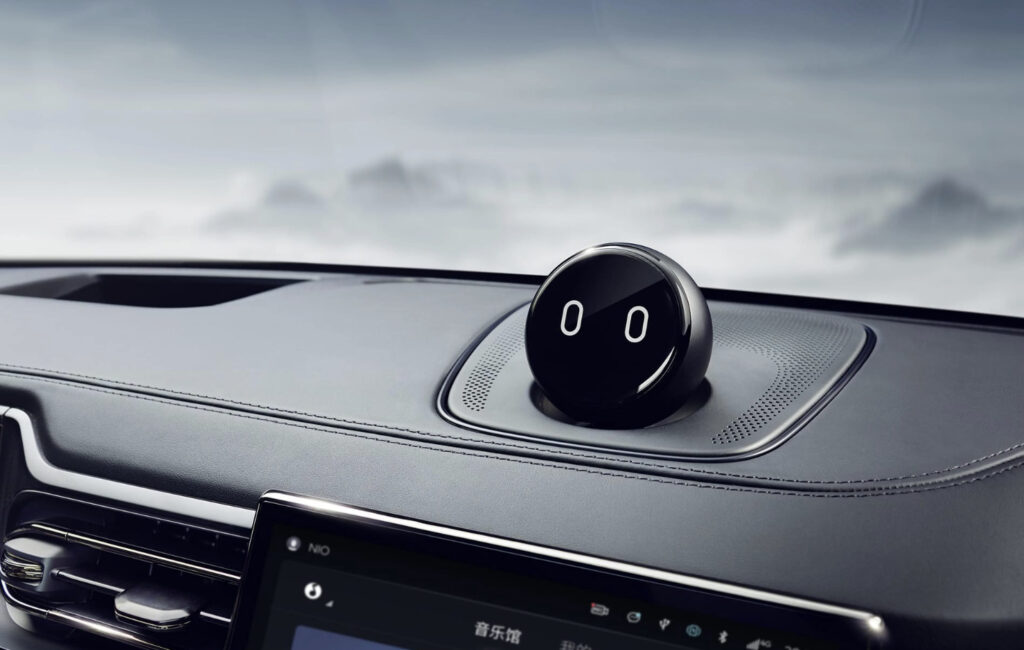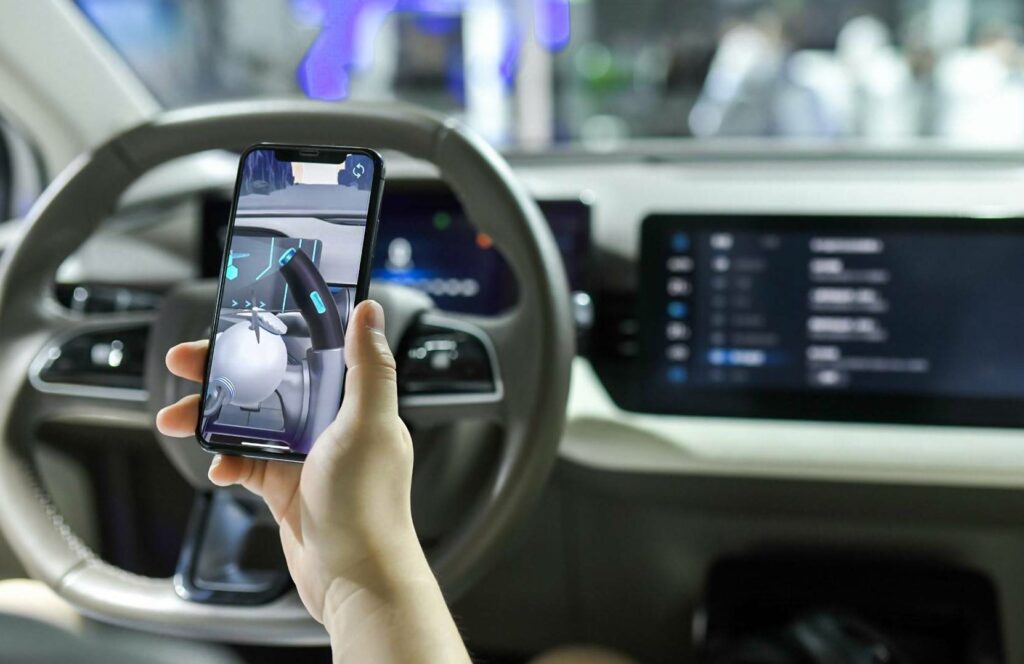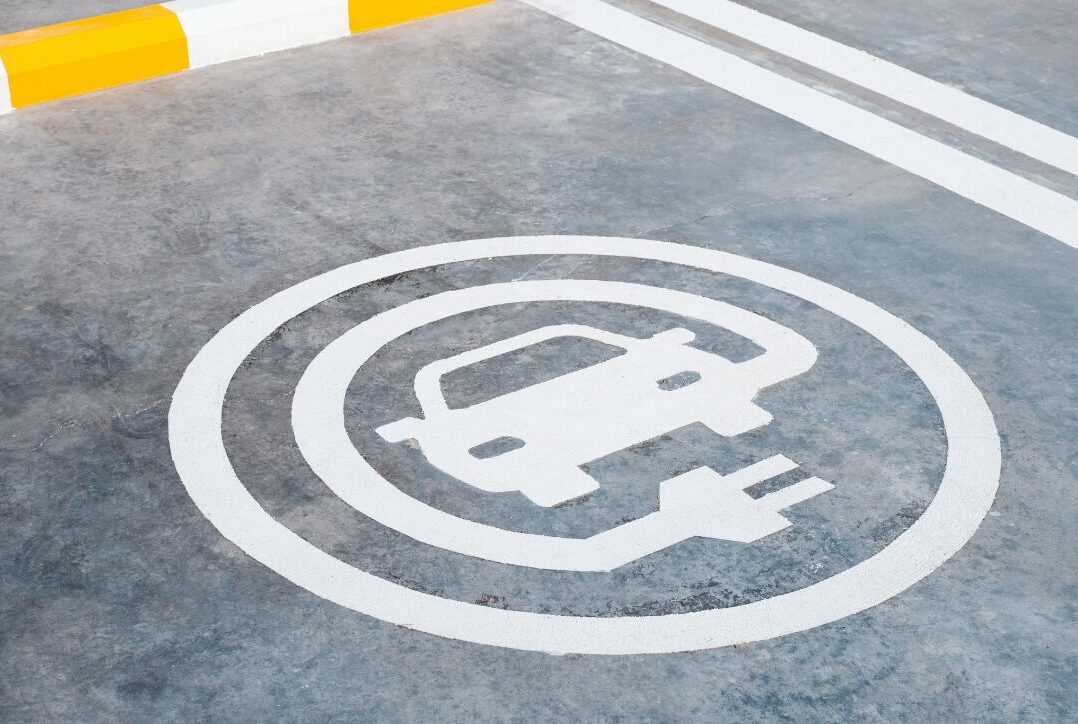The automotive landscape is in the midst of a profound transformation. Cars have now entered the realm of digitization, where the competition isn’t solely about design and horsepower, but also the ingenuity of digital features. To keep up, original equipment manufacturers (OEMs) are diversifying their offerings, introducing features that offer a more futuristic and personalized driving experience.
At the heart of this revolution lies in-vehicle infotainment (IVI), an integrated vehicle system merging entertainment and information delivery for drivers and passengers. Its overarching objective is to amplify the driving experience, keeping occupants informed, entertained, and safe. This blog will unveil five of the most cutting-edge vehicle infotainment features flourishing in the automotive sector today.
AI and Voice Assistants
The buzz surrounding artificial intelligence has seeped into the automotive domain, with OEMs dedicating colossal R&D investments to create the most advanced automotive AI. While primarily utilized for autonomous driving, AI’s applications extend far beyond. Recent car models feature AI assistants integrated into the vehicle’s infotainment system. These assistants boast advanced language processing, biometrics, and deep learning abilities, enabling them to do an array of different tasks that make the driver’s life easier. These tasks include, but are not limited to, ordering groceries en route, planning trip routes with charging stops, and even orchestrating various vehicle functions.
Integrating GPTs into AI assistants takes the technology a step further. Unlike conventional voice assistants tethered to predefined tasks, GPTs leverage a vast language model, enhancing its natural language understanding and expanding its abilities as a smart-car assistant. The likes of Mercedes-Benz are utilizing the technology to create AI assistants that act like smart, conversational companions, curating an engaging driving ecosystem.
Facial Recognition
While cameras within car structures aren’t novel, their application has undergone a significant expansion. Coupled with advanced processing capabilities, new in-vehicle cameras facilitate facial recognition features that multiply infotainment system capabilities. Vehicle cameras now monitor driver behavior, detecting blinking rates and yawning to signal potential fatigue. With the rapid development of driving assistance, features like this are employed as safety measures to make sure the driver does not lose concentration or doze off behind the wheel.
On top of safety, facial recognition enables seamless vehicle unlocking and authorization for payments through the infotainment system. We can see that common smartphone features are making their way into vehicles as customers expect more convenience and digitization from their cars. Pioneering Chinese car models delve deeper, employing facial recognition for experience personalization. For instance, the futuristic XPENG G3 allows users to select their preferred seat positioning and lighting settings, and uses face recognition to then adjust to personalized settings based on who is at the driver’s seat.
Gesture Control
Gesture recognition technology, available in select premium vehicles, has transformed the way drivers interact with their cars. This innovation extends beyond the conventional realm of in-vehicle infotainment, introducing an intuitive interface that responds to simple hand gestures. Gesture recognition lets you use a subtle swipe to adjust volume, a flick of the wrist to change music tracks, or a pinch in the air to zoom in on navigation maps. The integration of gesture control not only enhances convenience but also represents a significant leap in fostering a safer driving environment. By minimizing manual distractions, drivers can effortlessly navigate the car’s interface without diverting their gaze from the road, enjoying both convenience and safety.
Moreover, the ongoing evolution of gesture control technology envisions a future where these intuitive motions go beyond the entertainment realm. Soon, drivers might be able to execute more complex commands with a wave of the hand, accessing vehicle diagnostics, or even initiating communication functions. This paradigm shift in interaction within the vehicle is reshaping the traditional dashboard layout, signaling an era where physical buttons and knobs might gradually become obsolete.
Unique Entertainment Options
Automakers are revolutionizing the automotive landscape by crafting distinctive entertainment features to captivate the attention of younger audiences. The range of entertainment offerings is expanding rapidly with some models offering in-car gaming tools, built-in karaoke systems with wireless microphones, augmented reality (AR) and voice tech utilizing interactive user manuals. These pioneering features not only set these vehicles apart from competitors but also redefine the very purpose of a vehicle beyond mere transportation. And as self-driving becomes more widespread, consumers will make purchasing decisions based on the in-car experience, so these entertainment options will become increasingly important.
Dashboard App Diversification
The digital transformation of vehicles has created an urgent demand for personalization, prompting manufacturers to reimagine the dashboard as a customizable canvas. Thanks to over-the-air systems, vehicle users can now curate their dashboard by downloading applications right into their infotainment systems.
Seamlessly integrating social media feeds, news updates, or productivity tools directly into the vehicle’s dashboard, modern cars not only cater to individual preferences but also pave the way for an ever-evolving ecosystem within the vehicle, where the driving experience transcends transportation, becoming an extension of one’s lifestyle and interests. This synergy between technology and personalization is revolutionizing the way users interact with their vehicles, morphing cars into smart devices tailored to customer needs.
Securing the Future of Automotive Innovation
The evolution of in-vehicle infotainment into a realm of advanced AI integration, facial recognition, gesture control, and diversified dashboard apps marks a seismic shift in automotive technology.
As cars become digital hubs of connectivity and convenience, the significance of safeguarding these systems against potential cyber threats cannot be overstated. Each innovative feature, while enhancing personalization and convenience, also presents entry points for malicious exploitation. The industry’s focus on robust cybersecurity measures—encryption protocols, intrusion detection, and collaborative standards—are crucial in fortifying these high-tech infotainment features against unauthorized access and exploitation.
The future of driving isn’t solely about technological sensation, it’s about responsible innovation. Protecting the integrity, privacy, and safety of these advanced infotainment systems is a shared responsibility of all industry participants.
AUTOCRYPT’s in-vehicle cybersecurity solutions provide complete protection for the vehicle-embedded systems minimizing cybersecurity risks, while facilitating safe and responsible innovation in the industry.
To stay informed about the latest news on mobility tech and automotive cybersecurity, subscribe to AUTOCRYPT’s monthly newsletter.





